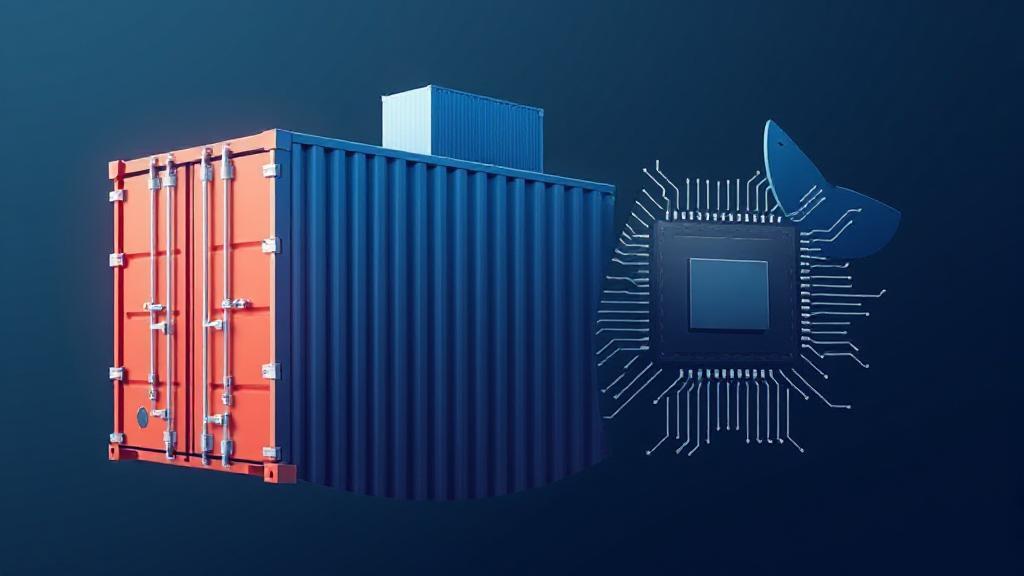What are Docker Containers?
Docker containers are isolated environments that package applications and their dependencies into standardized units of software. Unlike traditional virtual machines, containers share the host system's OS kernel, making them lightweight, portable, and efficient.
Key Components
- Docker Engine: The runtime environment that runs and manages containers
- Docker Images: Read-only templates containing application code and dependencies
- Docker Hub: A cloud-based registry service for storing and sharing Docker images
- Dockerfile: A text file containing instructions for building Docker images
Benefits of Docker Containers
- Portability: Containers run consistently across different environments, eliminating the "it works on my machine" problem
- Efficiency: Containers start up in seconds and use fewer system resources than VMs
- Scalability: Easy to scale applications horizontally by adding more containers
- Isolation: Each container runs in its own isolated environment, enhancing security and stability
How Docker Containers Work
Docker containers leverage several technologies:
- Namespaces: Isolate processes, network, and file system
- Control Groups: Limit resource usage (CPU, memory)
- Union File System: Enable file system sharing between containers
- Network Bridge: Facilitate container-to-host communication
Container Lifecycle
- Create: New container from Docker image
- Start: Container starts, application begins running
- Run: Application executes
- Stop: Container stops, application terminates
- Delete: Container deleted, resources released
Getting Started with Docker
Creating a Docker Container
Here's a simple example of a Dockerfile:
Basic Commands
| Command | Description |
|---|---|
docker pull | Download an image from Docker Hub |
docker run | Create and start a container |
docker ps | List running containers |
docker stop | Stop a running container |
Best Practices
1. Image Optimization
- Use official base images from Docker Hub
- Implement multi-stage builds
- Remove unnecessary files
- Combine commands to reduce layers
2. Security Considerations
"Security is not an afterthought - it should be built into your containerization strategy from the beginning."
- Run containers as non-root users
- Regularly scan images for vulnerabilities
- Keep base images updated
- Implement proper access controls
3. Resource Management
Container Orchestration
For production environments, platforms like Kubernetes provide:
- Automated deployment
- Scaling
- Load balancing
- Self-healing capabilities
- Service discovery
Additional Resources
For further learning, explore:
